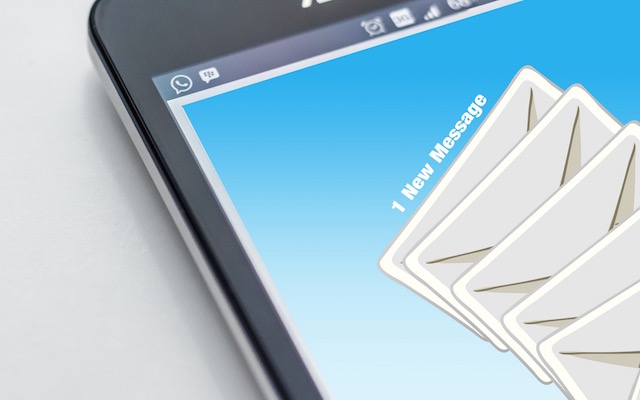Few things are as lamented as email and staff meetings. And yet, both are very important in communicating, in ensuring execution, and in keeping work moving forward. They are, however, lamented for a reason. Poorly led meetings and poor email practices waste immense amounts of time and energy. Here are six basic email observations from leading a team:
1. Those who complain about too many emails are often the ones who send the most.
If you want to read less email, send less email. That is what the leadership team at International Power discovered. By reducing the number of emails they sent, the emails they received dropped by 64 percent. If you send less email, you will be reading less email because some of the emails you are reading are responses to emails you are sending.
2. Succinct and brief is best, most of the time.
An email that does not look long on your desktop screen reads extremely long on a phone, which is where more and more people read their emails more and more of the time. Still, there are times when major decisions need to be clarified and communicated and brevity is impossible.
3. For large group emails, use BCC.
If the email is information, such as meeting notes or a request sent to a large group of people, use BCC. Because one person replying can grow and multiply and hit a lot of inboxes.
4. For emotional conversations, a face-to-face conversation is better than email.
If you think you are saving time by sending an email, you are not. Just add all the follow-up conversations and side conversations and you will find a conversation in person is the best use of time. And it is the best approach for actually caring about people.
5. Answer emails in an expedient manner.
For those who report to me, the general rule is 24 hours—only because work can slow if emails are not answered quickly.
6. Don’t reply to all FYI emails.
An email that says, “This is just an FYI,” does not always require a reply. You can let yourself off the hook about always needing to reply to those.






